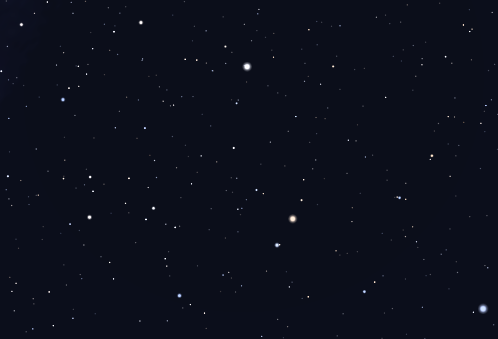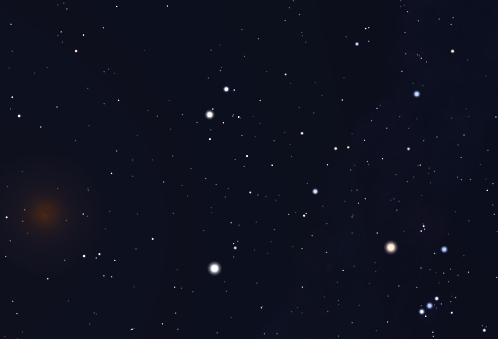Final Project of the discipline SCC0251/5830 Digital Image Processing
https://www.youtube.com/watch?v=uE_HNB96DKo
Ana Laura Chioca Vieira - 9866531 -> image enhancement and final comparison between angles and the values in the dictionary
Ana Luiza Teixeira Costa - 11218963 -> image enhancement, clustering the stars and finding the brightest stars
Flávio Salles - 11218809 -> image enhancement and calculating the angles between the brightest stars
The roles of each student were not well defined, since we coded together all the time and all the parts of the algorithm were made as a team. We tried to define the role of each one of us, however they were quite vague.
This project aims to recognize constellations in images of the night sky, using digital image processing thecniques.
- Image Segmentation using a threshold, making the stars appear white and the rest of the image as black (binary image);
- Clustering: recognizing clusters of white pixels (those are the stars!);
- Recognizing the three brightest stars using the clusters sorted by size (number of pixels);
- Draw a triangle whose vertices are those three brightest stars;
- Caculate the inner angles of the triangle;
- Compare those angles to those in a database.
- We used a dictionary for this. The keys are the names of the constellations and the values are the mean values of the triangle.
- Give the constalation name and the input image with it's brightest stars connected by a triangle as the output
The sources of the pictures are various websites that focus on explaining about constellations. The input images should all be clear for better processing. We also made sure the pictures didn't have the constellations highlighted, since those are the most common images of constellations.
We have separated the images in folders according to the constellation they show. Some of the constellations include:
Here are some exemples of the images that were used to develop and test our project. Some pictures are easier to process and others are more complex.
We were able to identify the angles and brightest stars in images of Orion, Ursa Major, Ursa Minor, Gemini and Scorpio. We colected those angles and calculated the mean, storing them in the dictionary. When using the dictionary to recognize the constellations in different images, the results are almost always correct. If the same images used in the making of the dictionary are used to test it, the results are always correct. One of our biggest difficulties was finding images that are clear enough to use. The output of our program is the name of the constellation detected and the input image with it's brightest stars connected by a triangle (the one used to calculate the angles).

